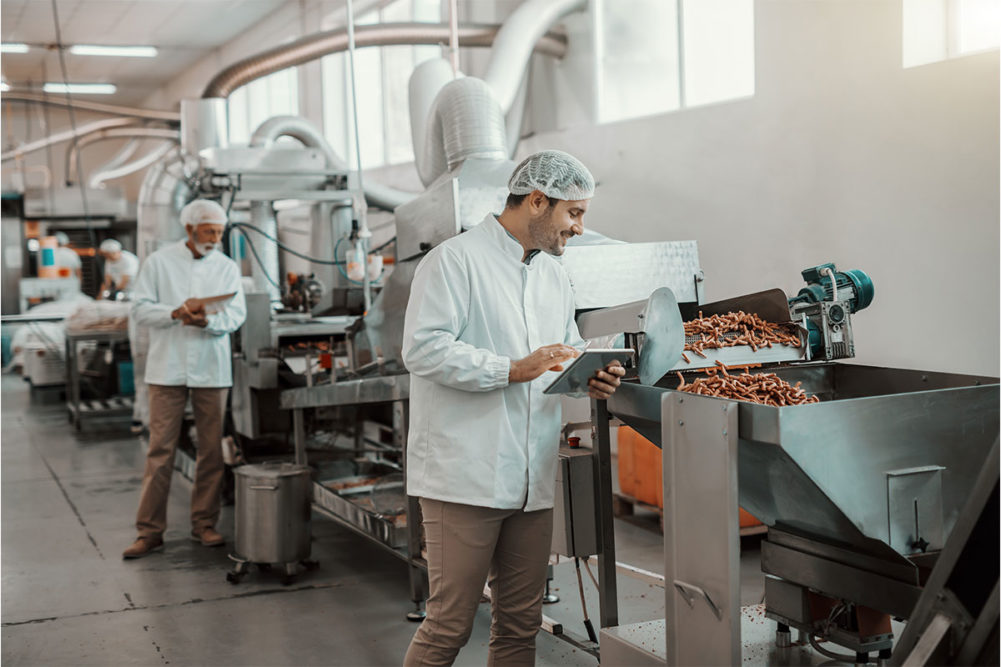KANSAS CITY — Baking equipment is now designed with a clean state of mind and built to make lives easier for those who clean and maintain them. That’s especially true for filling, icing and glazing systems, many of which apply fruit, coatings and other toppings after the products are baked and pass through the kill step.
With food safety, allergen control and cost-contamination at the forefront, depositing and decorating equipment should feature smooth surfaces without crevices or hard-to-reach areas where food particles or pathogens can accumulate, according to Baking & Snack’s July report on depositors, icing and glazing systems.
Such equipment should be built with food-grade materials and come with effective sealing mechanisms to prevent leakage or seepage, minimizing the risk of microbial contamination. Moreover, in accordance with sanitation standard operating procedures, these systems should be easily disassembled and cleaned thoroughly to prevent the buildup of residues or bacteria.
Removable parts and accessibility to critical areas aid in effective sanitation practices. Tool-less disassembly features, such as quick-release mechanisms, snap-fit connections or easily accessible fasteners, can streamline both maintenance and changeover processes. In some cases, bakers are setting up production lines and buying duplicate sets of components to make cleaning and sanitation quicker on a high-speed line. Instead of breaking down a machine completely for an allergen clean, they can simply remove one set of tools, clean and sanitize the remaining surfaces, and plug in change parts that were cleaned offline, maximizing available production time and capacity.
Smart bakers know the tricks of the trade to drive efficiency and boost capacity with fewer people.





